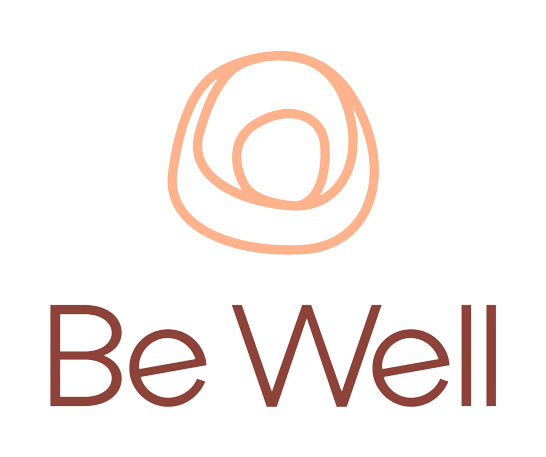Forget Lifespan, It’s All About Strengthspan
I have diligently built good diet, sleep, healthy living, yoga, cardio into my lifestyle for a long time now. But I must admit that focusing more on strength has not always been a goal of mine. However the idea of strengthspan is now gaining as much attention as healthspan and lifespan have over the past few years, redefining how we view health and aging. Think of lifespan as the raw length of the candle, and strengthspan as the flame’s intensity. Strengthspan focuses on maintaining your muscular strength and function for as long as possible. Some compelling research Strength equals independence: A study published in the Journal of Gerontology found that women with greater leg strength were 4 times less likely to experience mobility limitations later in life. This translates to maintaining your independence and reducing the risk of falls. Strength combats chronic disease: Research from the American College of Sports Medicine highlights that strength training can improve insulin sensitivity and blood sugar control, reducing the risk of type 2 diabetes. Stronger muscles also contribute to better bone density, which helps prevent osteoporosis, a common concern for women. Strength boosts your mood: A meta-analysis published in Depression and Anxiety found that strength training is effective for alleviating symptoms of depression. So, building strength can not only improve your physical health but also your mental well-being. Building strengthspan is a superpower: Squirrel Power: Believe it or not, squirrels can lift up to 7 times their body weight! They may be small, but they pack a powerful punch when it comes to relative strength. The Strengthspan Olympics: The National Senior Games in the US features competitions for athletes over 50 years old, with events including weightlifting, powerlifting, and even track and field. It’s a testament to the fact that strength and athleticism can continue across your lifespan. Strength and the Brain: Studies suggest that strength training can not only improve muscle function but also boost cognitive health. Building strengthspan makes you smarter! Strength is Ageless: There’s no upper limit on when you can start building strength. The oldest person to ever complete a full marathon was Fauja Singh, who finished the Toronto Waterfront Marathon at the age of 100! Building strengthspan is a journey, not a destination. Strength training is for everyone, and it’s never too late to start. Aim for at least two 20-30 minute strength training sessions per week. Focus on proper form over heavy weights, and gradually increase the intensity or difficulty as you get stronger. Our expertly trained Be Well team are here to guide, support and encourage you on our shared journey to live longer, healthier, better – and stronger! We all do better together so see you at Be Well again soon. PS not sure Matt, Divya or Laura are going to start adding kettlebells to our yoga classes as per this pic 😁 but our Be Strong classes are ready and waiting for you! Navigate to more articles! PrevPreviousWorld Falling Short on Getting People Moving Be Well is the first-of-its- kind urban health, wellness and lifestyle club in Melbourne, Australia. Informed by the science of longevity, Be Well nurtures the relationship you have with yourself and others, to optimise your lifestyle, and live your longest, best life.
Forget Lifespan, It’s All About Strengthspan Read More »
